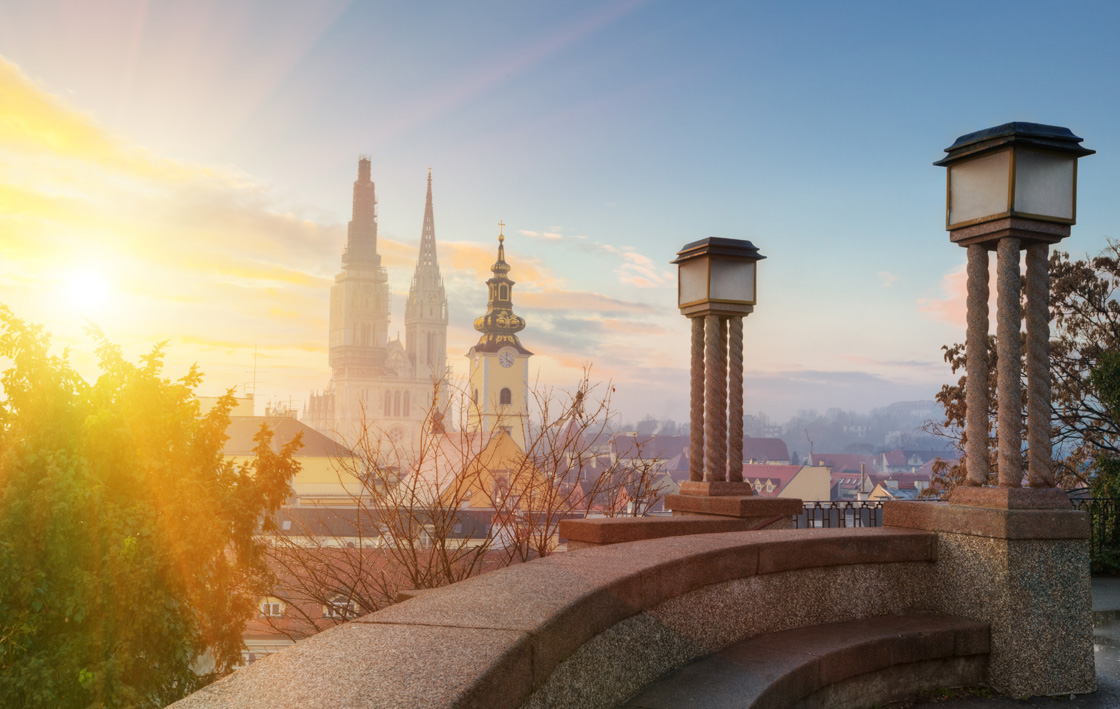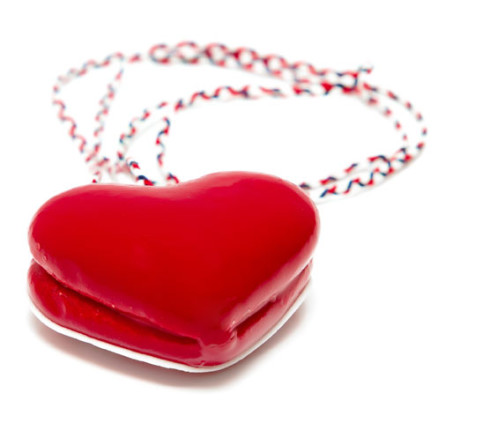The host - City of Zagreb
With county status, Zagreb is the administrative, economic, diplomatic and cultural center of the country. The first laic city school was opened in the middle of the 14th century, the first high school was founded in the 16th century, while the university was founded in the second half of the same century.
Zagreb is a city of science and culture. The oldest Croatian National Theatre, a neo-Baroque building, was opened by Emperor Franz Joseph I in 1895. From spring to autumn many open-air plays and exhibitions are held, and are a real attraction for visitors, ensuring a special atmosphere in the city. Here too are other attractions like the lively outdoor market, one of the last in Europe, which is an absolutely first class experience for all those who come to Zagreb.
A stroll through Zagreb is an interesting and pleasant trip through history and the present. The longest Zagreb street, Ilica; divides the old and romantic Uptown from the younger and always busy Downtown. The oldest parts Gradec and Kaptol, from which Zagreb grew, are ranked among the most beautiful preserved secession centers in Europe. The Uptown and Downtown are also connected by the Stone gate, another recognizable Zagreb postcard image which is linked to legends and beliefs, faith and peace.

For some, the most recognisable part of Zagreb is the neo-Gothic Zagreb Cathedral situated on the Kaptol square and although it took centuries to build, the present day appearance originated at the end of the 19th century. Others will mostly take away memories of the always lively central square Trg bana Josipa Jelačića or even the Zagreb version of the Louvre – the Mimara Museum. Among Zagreb’s sights is also the oldest Zagreb graveyard Mirogoj which was opened in 1876.
Zagreb is also the stage for many cultural and other international events which Zagreb intensively expiriences. A city filled with a young population is predestined to also be an exceptionally sports orientated city with many sports facilities, including European and World champions medal winners in many sports.
However, our tour of Zagreb does not end here. The greatest value of this city for many is its atmosphere and the people you’ll meet here. Zagreb has a story and heart, a big heart

Croatia: General useful information
POPULATION 3 871 833 (2021)
56,594 km² (land) and 31,067 km² (sea)
21 counties, 127 towns and 429 municipalities
National currency: Euro (EUR)
Language: Croatian
Time zone: CET
Phone code: +385
WEATHER
Continetal climate with temperatures averaging around 25 degrees Celsius across the summer season (June-August)
POWER SUPPLY AND TAP WATER
220 V, 50 Hz Power outlets in Croatia are the Continental two-pin type. Tap water is potable in all parts of Croatia.
IMPORTANT TELEPHONE NUMBERS
- International country code for Croatia: +385
- Ambulance: 194
- Fire Department: 193
- Police: 192
- Roadside vehicle assistance: 987
- National Search and Rescue Centre: 9155
- A single country number for all emergency situations: 112
- General information: 981
CULTURE AND NATURE
- 8 national parks and 11 nature parks
- 3000 protected cultural monuments
- 1246 islands, small islands and islets
- 5835 km intended coastline
Visa is the approval for transit through the territory of the Republic of Croatia or entering the Republic of Croatia and for a stay of up to three months in each six months period counting from the date of the first entry. Visa can be obtained in Croatian embassy in citizen’s country or in Croatian embassy in any other nearest country, if there is no Croatian embassy in citizen’s country.
More information can be found on: http://www.mvep.hr/en/diplomatic-directory/visa/
